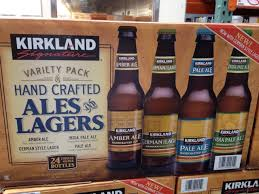Reverse Moore’s Law for Business.
Aetna Insurance is moving 250 top jobs and its corporate headquarters from home town Hartford, CT to Ninth Avenue, Manhattan. They are investing millions in a new space and taking advantage of the city’s digital workforce – moving to the northern vertex of what I call the Digital Triangle.
I think the insurance business sees the writing on the wall. As do many other businesses who see automation and AI cutting into future earnings. Hartford, once the center of the insurance industry, has seen jobs reduced (according to the NYT) to 37,000 from 60,000 in 1990. As we get closer to socialized medicine, there will be less need for numbers crunchers deciding on health policy and policies. We will still need to insure stuff, however, but software and intelligence is making that work less labor intensive. Slide rile anyone?
I was working on a project for Duck Creek Technologies over a decade ago to develop an “insurance policy in a day.” All built on unique data feeds.
The innovations in insurance will be tech innovations and digital in nature.
Moore’s law for business, in reverse.
Peace.



